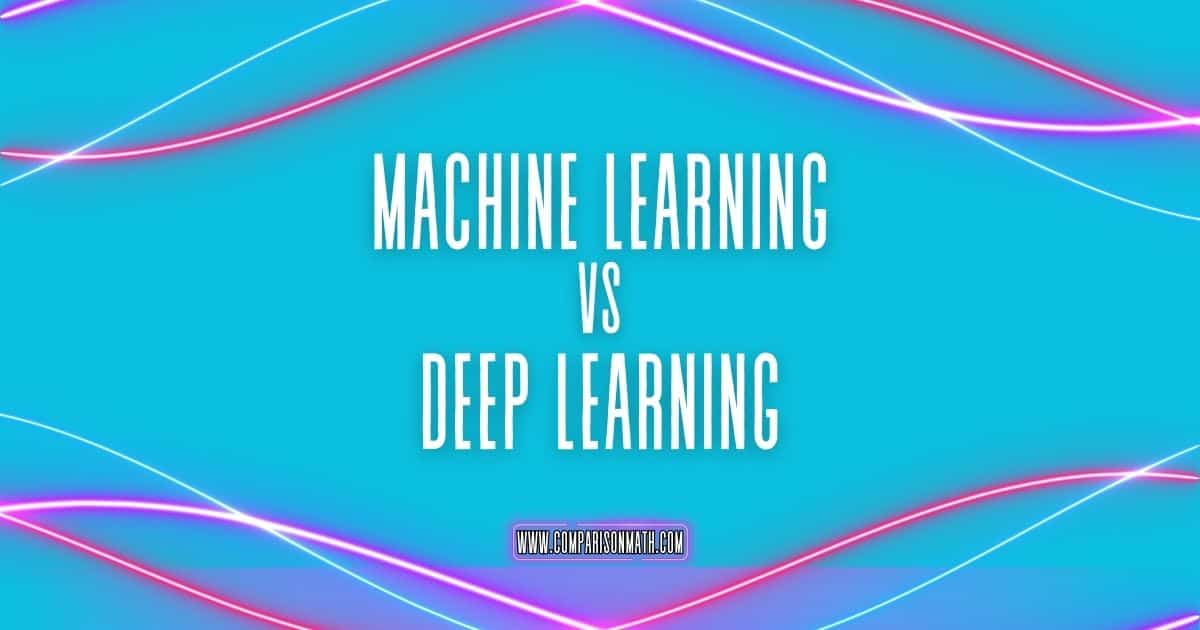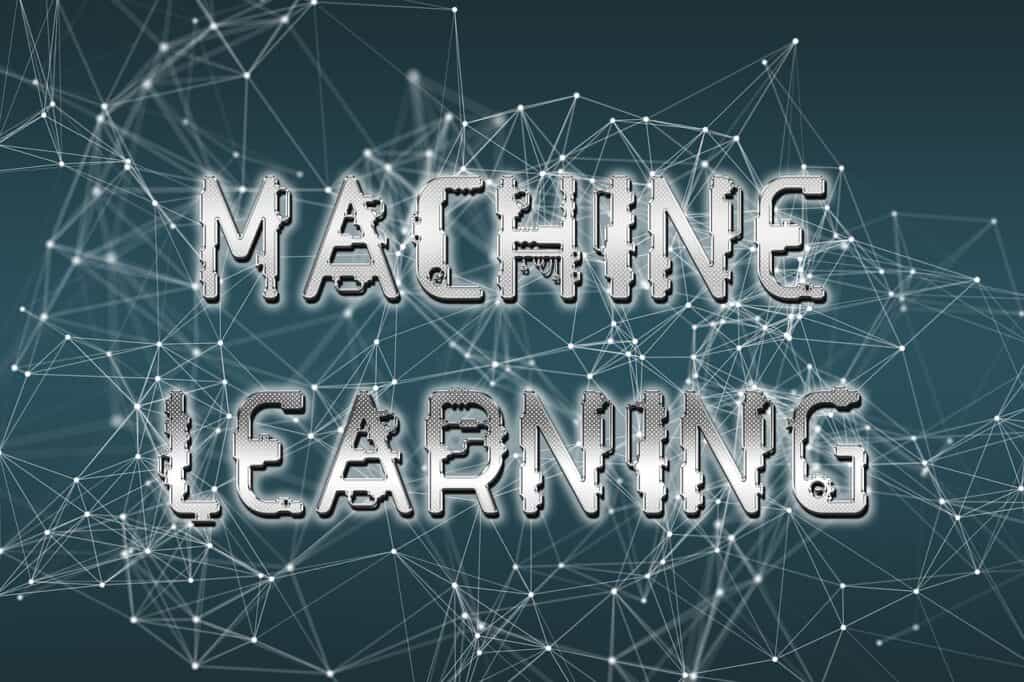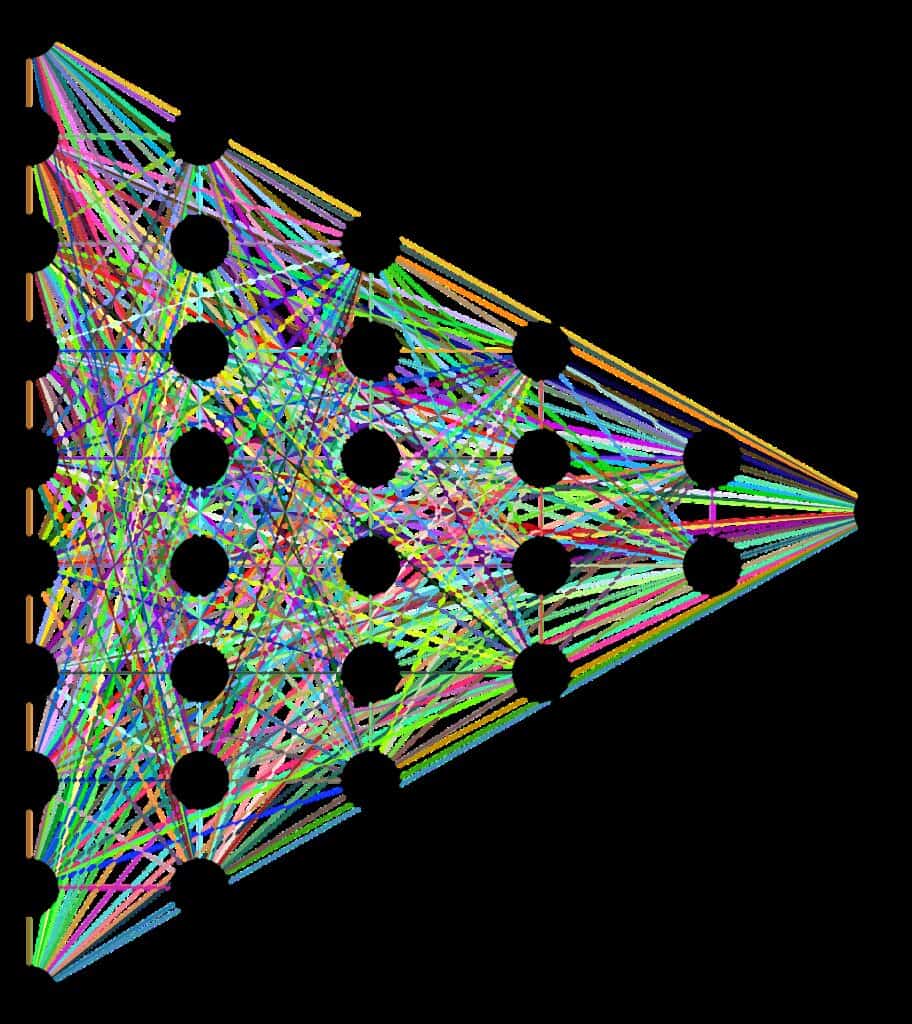Physical Address
304 North Cardinal St.
Dorchester Center, MA 02124

In a world where technology evolves at lightning speed, understanding the intricacies of Machine Learning vs Deep Learning is more crucial than ever. As we dive into this comprehensive guide, we invite you to join us on a journey through the fascinating landscapes of ML and DL. Whether you’re a tech enthusiast, a professional, or just curious about the future of AI, this article is your gateway to grasping how these technologies are reshaping our world.
Machine Learning, at its core, is a revolutionary approach where computers use data to learn and make decisions without being explicitly programmed. It is a field that has evolved from the study of pattern recognition and computational learning theory in artificial intelligence. ML has transformed the way we interact with everything, from personal devices to complex business systems. Consider the first time you noticed a spam filter in your email. That was a basic yet powerful application of ML, quietly working behind the scenes to improve your digital experience.

Deep Learning takes the concept of Machine Learning a step further. It’s akin to teaching a computer to mimic the learning process of the human brain. Using structures known as neural networks, DL enables machines to process data and make decisions in a way that is eerily reminiscent of human cognition. A prime example is how Google Photos can recognize and categorize your pictures. This is DL in action – sophisticated, efficient, and constantly improving.

Let’s break down the differences between ML and DL in a simple, approachable manner:
| Aspect | Machine Learning | Deep Learning |
| Data Dependency | Works well with smaller datasets | Requires vast amounts of data to be effective |
| Complexity | Employs simpler, more straightforward models | Utilizes intricate, layered neural networks |
| Hardware Dependency | Generally less demanding | Requires high-end, powerful computing resources |
| Applications | Widely used in predictive analytics, like spam filters and recommendation systems | Excels in complex tasks like image and speech recognition |
Machine Learning is all about algorithms – sets of rules and statistical models that computers follow to perform specific tasks without using explicit instructions. The beauty of ML lies in its ability to adapt and improve over time. For instance, consider Netflix’s recommendation engine. It’s an ML-driven system that analyzes your viewing habits and suggests movies and TV shows you might like, constantly refining its recommendations based on your interactions.
Deep Learning, by contrast, involves a more complex structure known as neural networks. These networks are composed of layers of nodes, each layer learning different aspects of the data and contributing to the system’s ability to make accurate predictions or decisions. The sophistication of DL models allows them to recognize and interpret intricate patterns in vast datasets. A classic example is how these models can distinguish between images of cats and dogs with a high degree of accuracy, something that was incredibly challenging for earlier forms of AI.
Machine Learning is not just an abstract concept; it’s a technology that’s embedded in our daily lives. In the business world, ML is revolutionizing how companies approach tasks like customer relationship management, market analysis, and risk assessment. In healthcare, ML algorithms are being used to diagnose diseases, predict patient outcomes, and personalize treatment plans. These applications demonstrate the versatility and practical value of ML in diverse fields.
Deep Learning is taking the potential of AI to new heights. In the automotive industry, DL is the key technology behind the development of self-driving cars, enabling vehicles to make split-second decisions based on real-time data. In the realm of personal assistants, DL powers the voice recognition and natural language processing capabilities of virtual assistants like Siri and Alexa. These applications highlight how DL is not just a technological advancement, but a paradigm shift in how we interact with machines and how they understand us.
As we progress into 2024, Machine Learning is spearheading significant advancements across various sectors. In cybersecurity, for instance, ML algorithms are being deployed to detect and neutralize sophisticated cyber threats, offering a level of responsiveness and accuracy that traditional methods struggle to match. Another burgeoning area is the use of ML in enhancing customer experiences through personalized services, predictive analytics, and automated support systems. These developments underscore the increasing importance and influence of ML in shaping our digital ecosystem.
Deep Learning, meanwhile, continues to push the boundaries of what AI can achieve. One of the most exciting prospects is in healthcare, where DL models are being developed to predict disease outbreaks and assist in complex surgeries. In entertainment, DL is transforming content creation, enabling the generation of realistic CGI and virtual reality experiences. As we look to the future, the convergence of DL with other emerging technologies like quantum computing holds the promise of breakthroughs that we can barely imagine today.
Despite its transformative potential, Machine Learning is not without its challenges. One significant issue is data privacy – as ML systems require large amounts of data, ensuring this data is collected and used ethically is paramount. Another concern is the potential for biases in ML algorithms, which can lead to skewed or unfair outcomes. Addressing these challenges requires a concerted effort from developers, policymakers, and users to ensure that ML technologies are developed and deployed responsibly.
Deep Learning faces its own set of challenges, primarily related to its operational demands. The extensive data and computational power required for DL models mean that they can be resource-intensive, limiting their accessibility. There’s also the issue of model interpretability – as DL systems become more complex, understanding and explaining their decision-making processes becomes more challenging, raising concerns about transparency and accountability. Ongoing research and development are aimed at making DL more efficient, scalable, and understandable.
In this comprehensive exploration of Machine Learning vs Deep Learning, we’ve uncovered the intricacies, applications, and prospects of these groundbreaking technologies. From their foundational concepts to their transformative impact across various industries, ML and DL represent more than just technological advancements; they are catalysts for change, driving innovation and shaping the future.
As we continue on this journey, the potential for these technologies to revolutionize our world is immense. The intersection of ML and DL with other technological advancements presents a landscape ripe with opportunities for exploration, innovation, and growth.
We invite you to stay curious, keep exploring, and perhaps even contribute to the ever-evolving field of AI. The future is here, and it’s illuminated by the lights of Machine Learning and Deep Learning.
Engage with Us: We’d love to hear your thoughts, experiences, or questions about Machine Learning and Deep Learning. Feel free to share in the comments below, and let’s continue this fascinating conversation. Remember, the world of AI is ever-evolving, and staying informed is the key to understanding and leveraging its potential. Thank you for joining us on this deep dive into the realms of Machine Learning and Deep Learning – technologies that are not just shaping our future but are very much a part of our present. Stay tuned for more insights into the world of AI, and until next time, keep exploring the limitless possibilities of these extraordinary technologies.
The primary difference lies in their approach and complexity. Machine Learning uses algorithms to parse data, learn from it, and make decisions. Deep Learning, a subset of ML, structures algorithms in layers to create an “artificial neural network” that can learn and make intelligent decisions on its own. DL requires a large amount of data to learn and is more complex, mimicking the human brain.
No, Deep Learning is a specialized subset of Machine Learning. It builds upon the basic principles of ML but uses a layered structure of algorithms, known as a neural network, to learn from vast amounts of data. Essentially, all Deep Learning is Machine Learning, but not all Machine Learning is Deep Learning.
Machine Learning powers many everyday applications like recommendation systems (Netflix, Amazon), email filtering, and voice recognition software. Deep Learning drives more complex tasks like image recognition, autonomous vehicles, and advanced voice assistants like Siri and Alexa.
It depends on the context. Deep Learning is more effective for tasks that involve large amounts of data and complex computations, like image and speech recognition. However, for simpler tasks or data sets, Machine Learning is more efficient and easier to use.
Machine Learning can work effectively with smaller data sets. It is adaptable to various data types but does not require the immense volume of data that Deep Learning does. Deep Learning, on the other hand, thrives on big data. The more data a Deep Learning model is fed, the more accurate it becomes, making it ideal for tasks that involve analyzing large volumes of complex data.
Yes, industries such as healthcare, automotive (self-driving cars), finance (fraud detection), and entertainment (voice assistants and AI in gaming) have been particularly transformed by Deep Learning. Its ability to process vast amounts of data and recognize patterns has led to significant advancements in these fields.
Deep Learning faces challenges like requiring extensive computational power, needing large datasets, and issues related to model interpretability and transparency. Also, there’s an ongoing concern about biases in training data leading to skewed outcomes.
In 2024, Machine Learning is evolving to be more efficient, with advancements in areas like natural language processing, predictive analytics, and real-time decision-making. There’s also a significant focus on making ML models more transparent and ethical, addressing issues of bias and privacy.
Future trends in Deep Learning include integration with IoT (Internet of Things), advancements in neural network architectures, expansion in AI ethics, and breakthroughs in unsupervised learning. There’s also an anticipation of DL models becoming more energy-efficient and accessible.
To start learning about ML and DL, one can begin with online courses, tutorials, and books focused on the basics of AI, statistics, and programming. Many universities and online platforms offer courses ranging from beginner to advanced levels. Practical projects and hands-on experience are also crucial for understanding these fields deeply.